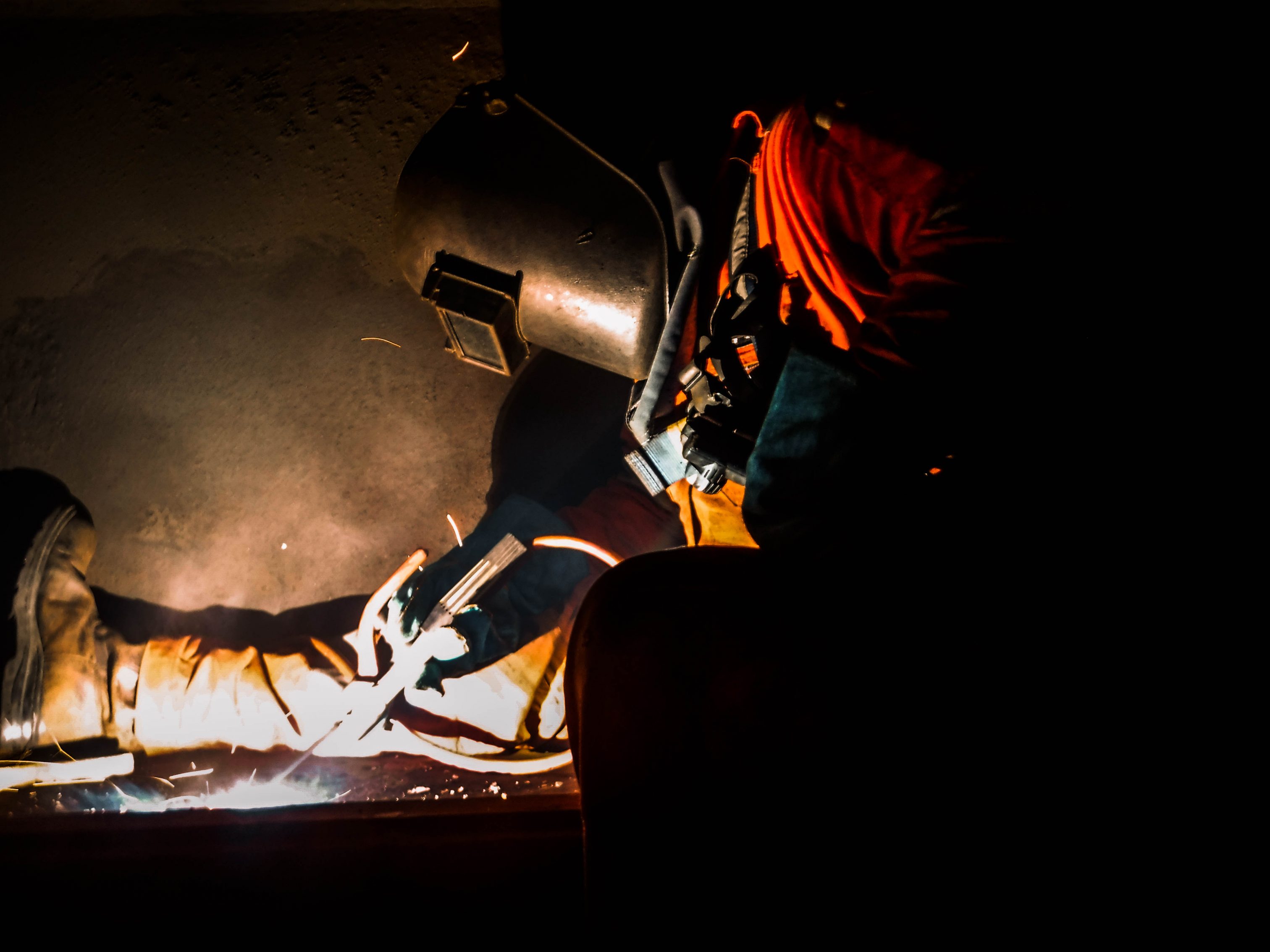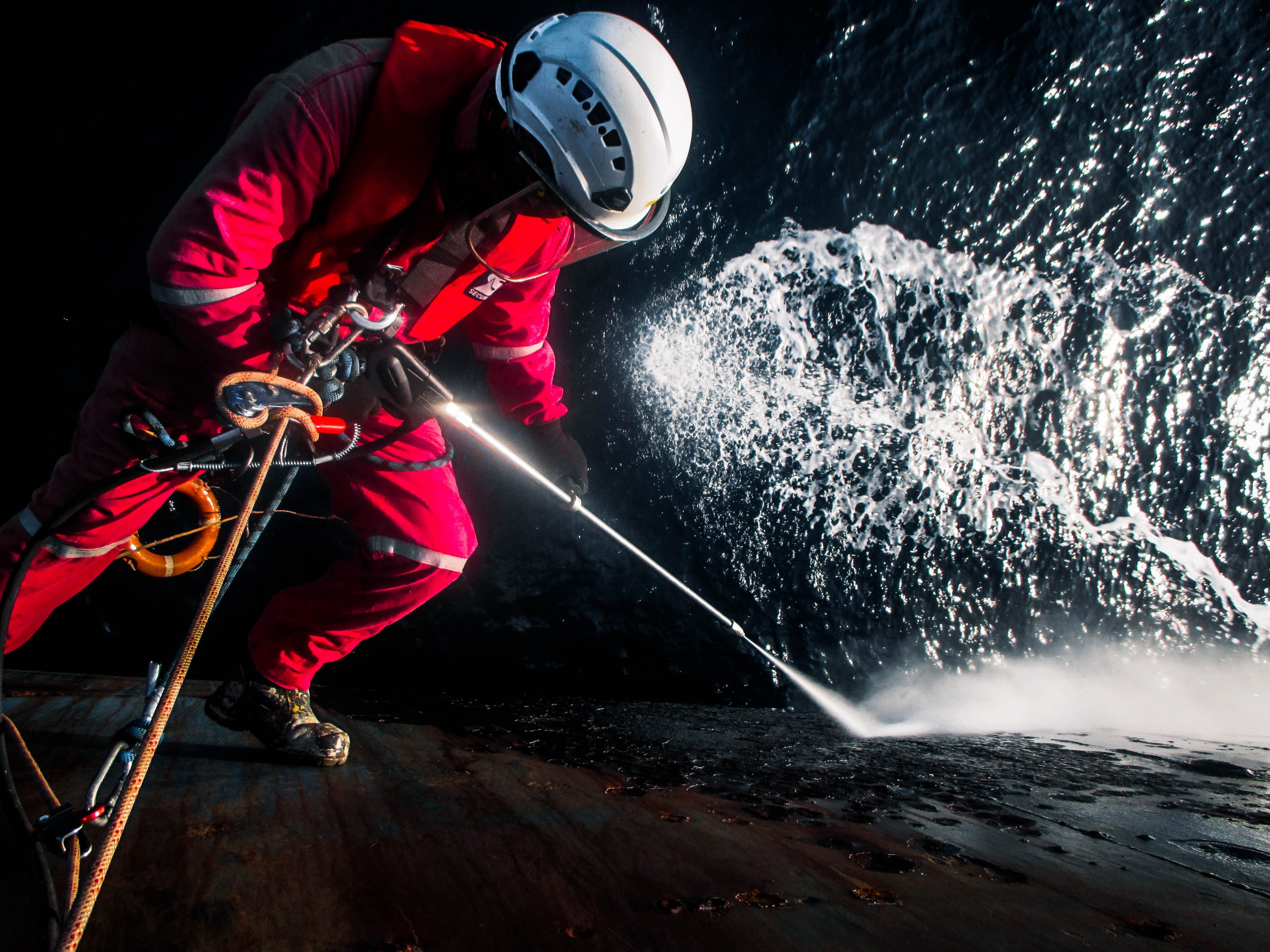| 28 Apr |
| 2021 |

Maintaining your offshore assets’ engines and mechanical systems ensures your vessel functions efficiently.
The Vessel Classification Society establishes and maintains technical standards for the construction and operation of ships and offshore structures. They conduct regular surveys and inspections to ensure the smooth operation of the Vessel. Engineers are on board to ensure that there are annual inspections of the vessel, with a full survey undertaken every 4 to 5 years. The port authority checked on the mechanical condition of the ship.
Be it cruise vessels or offshore assets, the maintenance schedule needs to be planned well by the owners to allow the maintenance society to undertake the repair work as and when needed.

In the earlier days, the number of crew members and engineers on a ship was large. Thus, the maintenance was carried out fast and easily. However, in the present scenario, the number of crew members and engineers on the ship has reduced drastically.
Many ships carry only 3-4 engineers onboard a ship. The time required to carry out maintenance on the ship has reduced as well. The number of crew members is lesser, and the amount of machinery is more. Thus, maintenance requires more manpower and time.

Efficient planning and proper use of the equipment is the key to maintaining a ship. There are different types of procedures undertaken by the engineers on board and on the port.
This is a precautionary measure to avoid probable damages and to adopt necessary precaution measures. It is also known as the Planned Maintenance System. A team from the maintenance company will schedule servicing of the vessel as per the running hours like 4000 hours or more. The provider will send representatives after proper intervals to continue the servicing in a consistent manner. In such a maintenance program, the parts must be changed that are mentioned in the schedule even if they are fully functional.
Sudden breakdowns can be dangerous and unfortunate. Corrective maintenance is dedicated to preventing emergencies. This program can become costly especially if the breakdown severely impacts other parts of the ship. It is thus necessary to ensure that regular inspection is conducted.
Machinery parts should be inspected on a regular basis to detect the underlying defects and errors. Issues need to be corrected as soon as possible to restore the ship’s functional capability.
The condition of a machine can be accurately checked by using powerful sensors. Inspection reports need to be sincerely followed by experienced specialists. If wrong interpretation might occur, it will lead to acute machinery damage.